NATO says it has been bolstering its air power and cooperation in the High North and Arctic regions, recognising the strategic importance of these areas, according to a NATO news release.
This initiative, driven in part by Norwegian Air Chief Major General Rolf Folland, focuses on improving interoperability and collaboration among Nordic countries and key NATO Allies.
In March 2023, Nordic Air Chiefs from Norway, Denmark, Finland, and Sweden outlined their plan to establish a unified air defence system. This includes multiple Agile Combat Employment and joint training exercises designed to strengthen the region’s defence capabilities.
NATO’s statement indicates that the concept of a Nordic Air Operation Centre has now expanded to include broader Arctic cooperation, involving the United Kingdom, United States, and Canada.
Major General Rolf Folland, quoted in the release, detailed the strategic significance of this collaboration, stating, “With solid support from our Allies, such as the United States, the United Kingdom and Canada, the Nordic countries Denmark, Finland, Norway and Sweden provide a credible military deterrence on behalf of NATO in the High North region.†According to NATO, this cooperation allows for effective integration across Scandinavia, ensuring that air defence missions are conducted seamlessly across the region.
NATO’s news release also details examples of this close collaboration, such as coordinated Air Policing (AP) missions among the Nordic Allies. For instance, Norwegian forces cover large areas of the North Sea and the Baltic Sea shores, while combined scrambles and Air Policing missions between Sweden, Denmark, and Finland are becoming more common.
In a recent incident cited by NATO, Danish and Swedish Quick Reaction Alert fighter jets jointly intercepted a Russian military aircraft over the Baltic Sea. This was reportedly the first time Denmark and Sweden collaborated in this way, with both nations operating under their own national commands during the mission.
Further cooperation was seen during the Fighter Weapons Instructor Course 24 in Norway, where Finnish Air Force F/A-18 Hornet multirole fighters trained alongside Norwegian F-35s. This exercise, part of a biennial multinational training event, ran from July 10 to August 2, 2024, and involved participants from across NATO.
Earlier this year, NATO reported that the Nordic countries worked together during Exercise Nordic Response, focusing on a combined concept for air power and intensifying command and control. This exercise served as a foundation for future joint air operations in the Nordic and Arctic regions.
Brigadier General Michael Krah, Deputy Chief of Staff Operations at NATO’s Headquarters Allied Air Command, was quoted on the importance of these efforts.
“NATO’s air power in the High North and Arctic region is a critical component of our collective defence strategy, ensuring stability and security in this strategically vital area,†he said. “Our advanced capabilities and readiness to respond to any threat underscores our commitment to protecting NATO territory.â€
NATO’s growing presence in the Arctic is driven by the region’s strategic interests, including maritime routes, resource access, climate conservation, and territorial claims. According to the release, the Alliance remains focused on deterring aggression and safeguarding the values and interests of its member states in this vital area.


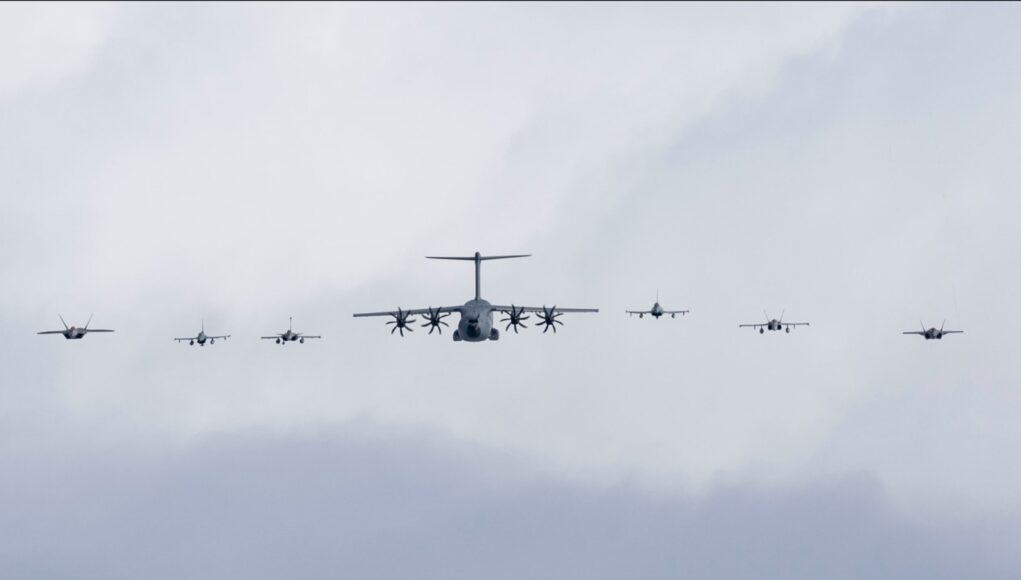
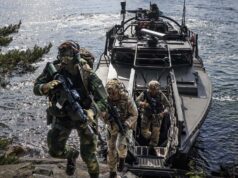

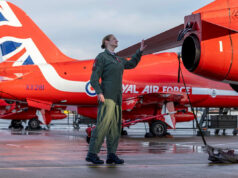
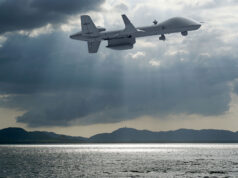
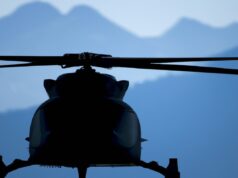
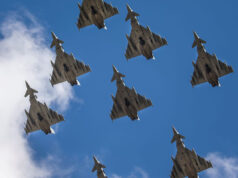

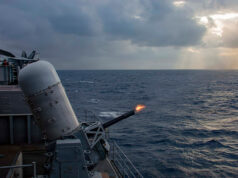
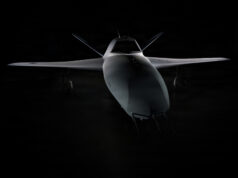
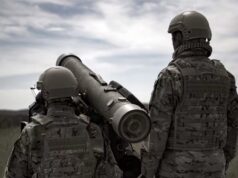

Good news. Russia needs to be watched and contained from every angle in ever domain.
“Norwegian forces cover large areas of the North Sea and the Baltic Sea shores”
North Sea, yes, but Baltic Sea is unlikely as Norway has no access to the Baltic Sea, being the coastline of Denmark, Sweden, Finland, Estonia, Latvia, Lithuania, Kaliningrad, Poland and Germany. Norway is west and north of Sweden and Finland so only has Atlantic and Arctic coastline
Surely “NATO forces cover large areas of the North Sea and the Baltic Sea shores” is the correct statement..